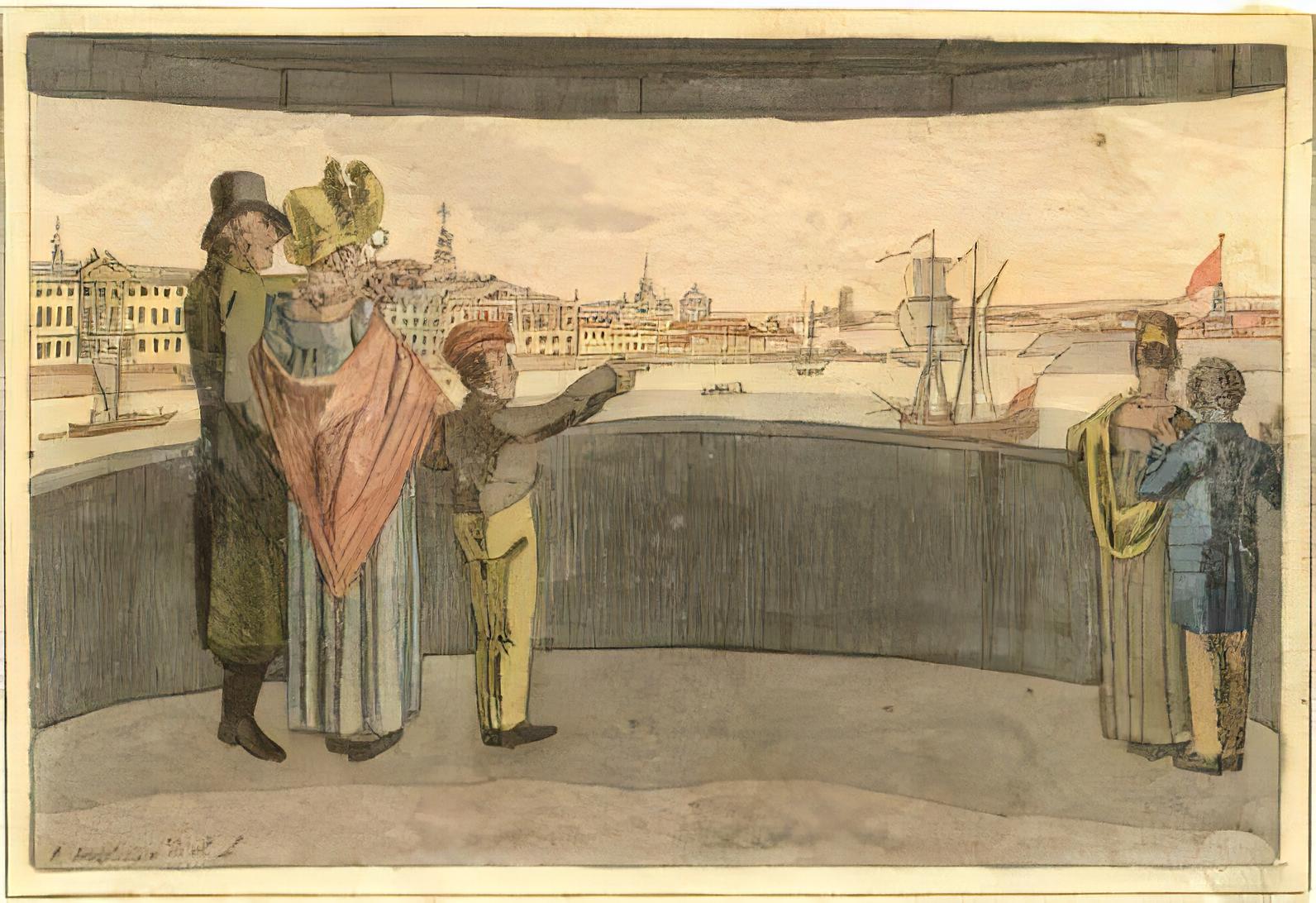Permanent calls
Archaeologies of Immersion
Characters/word count
24.000-30.000 characters (spaces included), or 3.500-5.000 words

Nowadays, virtual-, augmented-, and mixed-reality technologies produce images that ask to be experienced and inhabited more than viewed and observed. Should the sense of presence and immediacy they convey be interpreted as a radical novelty, or is it rather the result of a more ancient and fragmented history of perception?
A media archaeological approach lets emerge new strategies to conceive the history of media techniques by highlighting discontinuities and non-linear paths, bringing into focus their material conditions of production as well as practices, discourses, and narratives that contribute to shaping these media's cultural identity. This archaeological perspective may also be complemented with a genealogical one, considering the governance strategies and the powers of subjectification played by past and present media dispositives.
In different ways and to various degrees, immersive techniques can be traced back to precursors as ancient as Palaeolithic cave paintings. Later on, they range from trompe l’œil depictions to pre-cinematic devices such as panoramas, dioramas, phantasmagorias, and from stereoscopic films to holograms, to name a few. The Archaeologies of Immersion section aims to single outunknown continuities as much as ruptures and counter-tendencies.
Accordingly, a special attention can be also devoted to the narratives that have marked the dawn of an-iconic dispositives and accompanied the history of their effect across the centuries: ancient mythologies portraying proto-immersants, chronicles of forgotten media practices, fictional tales on both realized and imaginary immersive technologies, obsolete scientific discourses foreseeing a multisensory and interactive consumption of the image.
This section of AN-ICON. Studies in Environmental Images aims therefore to open a permanent space to investigate and discuss the genealogy of virtual environments. Especially, unconventional approaches on overlooked research objects are welcome. In this perspective, Archaeologies of immersion encourages proposals related to the following domains:
- Prefigurations of immersive, multisensory, and interactive images and media.
- Aesthetics of an-iconic artworks and representations of the past.
- Imaginary media picturing the advent of virtual reality technologies.
- Literary and fictional accounts of immersion.
- The construction of epistemes and scientific paradigms that underpin virtual realities.